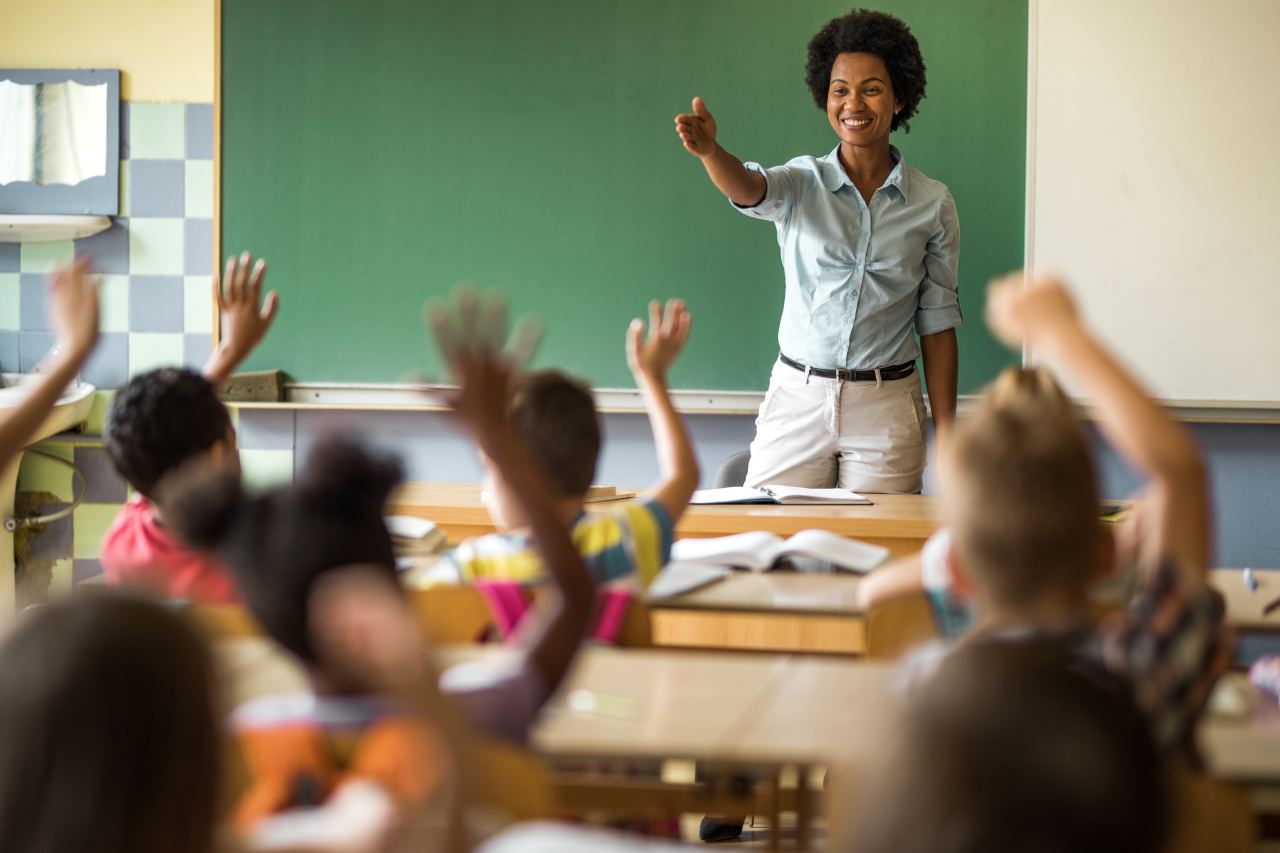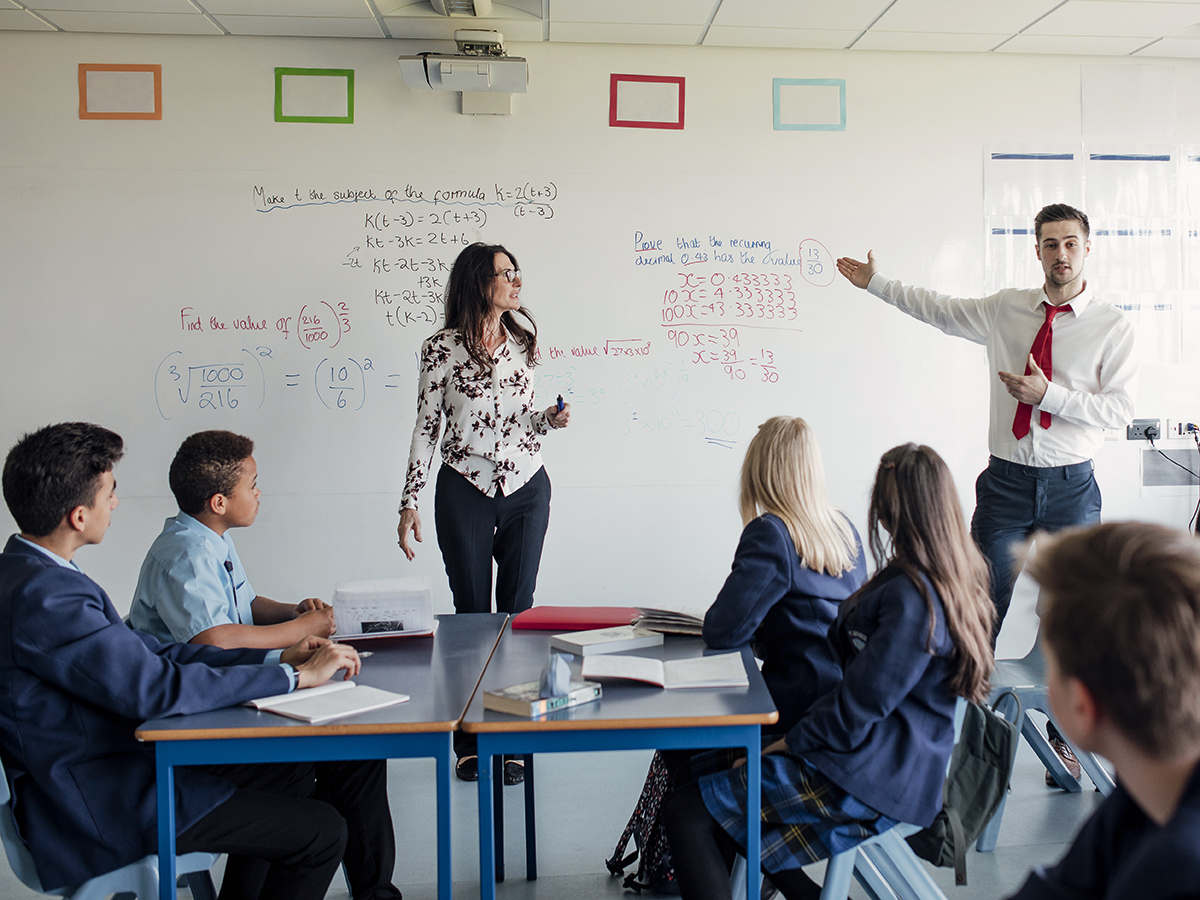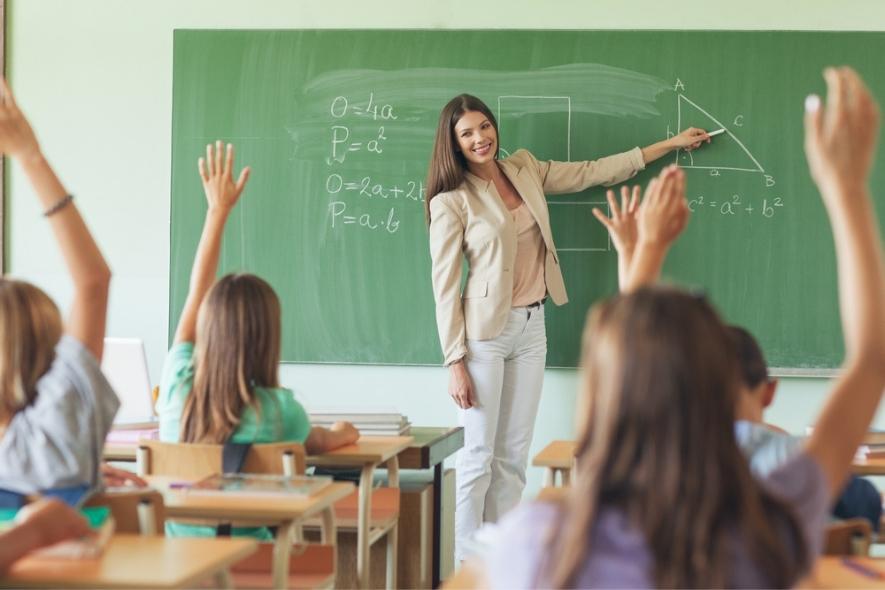Achieve Academic Success with Primary Science Tuition Singapore
Achieve Academic Success with Primary Science Tuition Singapore
Blog Article
Checking Out the Different Training Strategies in Primary Science Education And Learning Today
The landscape of key science education and learning is progressing, with different training methods gaining prestige in modern class. Inquiry-based understanding, hands-on experiments, and the combination of innovation are redefining just how educators involve young minds. Furthermore, collaborative techniques and distinguished direction are being utilized to cater to the diverse demands of pupils, boosting both involvement and understanding. As we analyze these methods, inquiries arise regarding their performance and the effects for future instructional methods. What might these shifts in technique mean for the next generation of learners?
Inquiry-Based Learning
Inquiry-Based Understanding (IBL) is an instructional method that encourages trainees to check out clinical concepts via questioning, examination, and hands-on testing. This method stresses the function of students as active individuals in their understanding, advertising essential thinking and problem-solving skills. By engaging with real-world inquiries, pupils become curious and determined, which improves their understanding of scientific concepts.
In IBL, instructors serve as facilitators, assisting students as they navigate their inquiries as opposed to providing information directly. This student-centered technique enables differentiation, accommodating numerous learning paces and designs. Trainees create abilities in developing theories, creating experiments, and evaluating data, which are vital for scientific literacy.
In addition, IBL promotes collaboration amongst trainees, urging them to share findings and ideas. This cumulative inquiry promotes social skills and a sense of neighborhood within the class. The procedure of inquiry urges durability, as pupils find out to welcome failure as a tipping stone toward understanding.
Hands-On Experiments
Hands-on experiments are a vital component of effective scientific research education, enhancing the principles of inquiry-based knowing. These experiments allow students to engage directly with scientific principles, promoting a much deeper understanding via experiential learning. By adjusting products and observing results, young learners can understand abstract theories in tangible ways.
Such activities promote vital thinking and analytic skills, as pupils assume results, conduct experiments, and analyze results. This procedure encourages them to ask concerns, improve their understanding, and establish a clinical mindset. Moreover, hands-on experiments can be customized to diverse understanding designs, making certain that all students have the possibility to engage meaningfully with the web content.
Additionally, hands-on experiments usually motivate cooperation among peers, advertising teamwork and communication abilities. Working in groups allows pupils to share concepts, review searchings for, and pick up from each other, which boosts their overall instructional experience.
Including hands-on experiments right into the main scientific research educational program not just improves the finding out atmosphere yet likewise cultivates a lifelong rate of interest in scientific research. By proactively getting involved in their education and learning, pupils are most likely to create an enthusiasm for scientific questions that extends beyond the classroom.

Innovation Combination
Incorporating innovation right into primary scientific research education has ended up being progressively essential in cultivating student involvement and boosting discovering outcomes. Using digital devices, such as interactive simulations, virtual laboratories, and instructional software, supplies pupils with possibilities to explore scientific concepts in ingenious means. These resources help with a much deeper understanding of intricate subjects by enabling students to envision and manipulate variables that would certainly be not practical in a standard classroom setup.
Furthermore, technology combination motivates personalized finding out experiences. Pupils can advance at their very own speed, taking another look at challenging concepts through multimedia resources, which cater to different discovering styles. This flexibility not just sustains individual development however additionally grows a sense of autonomy in students.
In addition, innovation functions as a bridge to real-world science, linking trainees with present learn this here now research study and specialist payments. Access to online data sources and clinical journals broadens pupils' perspectives on scientific questions and cultivates vital thinking abilities.
Collaborative Knowing
Joint learning plays a crucial role in key scientific research education by fostering teamwork and communication abilities among students. This approach motivates students to interact, share understanding, and participate in analytic, which improves their understanding of scientific principles. By joining team tasks, students discover to express their concepts, pay attention to varied perspectives, and work out remedies, all of which are crucial skills in both scholastic and real-world contexts.

Research suggests that collaborative knowing can cause raised motivation and engagement in science topics, as trainees locate enjoyment in shared experiences (primary science tuition Singapore). Furthermore, this method prepares pupils for future joint endeavors, equipping them with the abilities necessary for effective team effort in college and expert atmospheres. Ultimately, accepting collaborative knowing in main scientific research education and learning can considerably improve the understanding experience and promote a much deeper understanding of clinical questions
Separated Guideline

Distinguished guideline can manifest in different means, such as varying the content, processes, or items of discovering. Teachers might utilize tiered assignments that supply varying degrees of complexity, allowing pupils to function at their respective preparedness degrees. In addition, adaptable grouping strategies can help with partnership amongst students with different capacities, fostering peer learning.
Evaluation plays an important role in this method, look at here now as it notifies guideline and helps educators comprehend each trainee's unique needs. Developmental analyses, such as quizzes and monitorings, can assist educators in readjusting their methods to boost finding out results. primary science tuition Singapore. Ultimately, by executing differentiated guideline in main science education, instructors can grow a more effective and equitable understanding atmosphere, empowering all trainees to reach their complete possibility in understanding scientific phenomena
Verdict
In recap, the varied mentor techniques in main science education and learning, consisting of inquiry-based learning, hands-on experiments, technology combination, collective knowing, and distinguished instruction, collectively add to a more reliable learning environment. These methods promote vital thinking, analytical skills, and a deeper comprehension of clinical concepts. By implementing these strategies, teachers can create supportive and interesting classrooms that address the diverse requirements of trainees, eventually cultivating a lifelong passion in science and improving academic success.
Inquiry-Based Discovering (IBL) is an instructional strategy that encourages trainees to discover scientific ideas through wondering about, examination, and hands-on trial and error.Joint understanding plays an essential duty in main science education and learning by promoting team effort and interaction skills amongst pupils.Study suggests that collaborative learning can lead to raised inspiration and involvement in scientific research subjects, as students discover pleasure in common experiences.In cultivating an inclusive learning atmosphere, differentiated guideline arises as a key strategy to accommodate the diverse requirements and capabilities of pupils in key science education. Eventually, by implementing separated guideline in main science education and learning, instructors can cultivate an extra equitable and effective discovering atmosphere, equipping all trainees to reach their complete potential in recognizing clinical phenomena.
Report this page